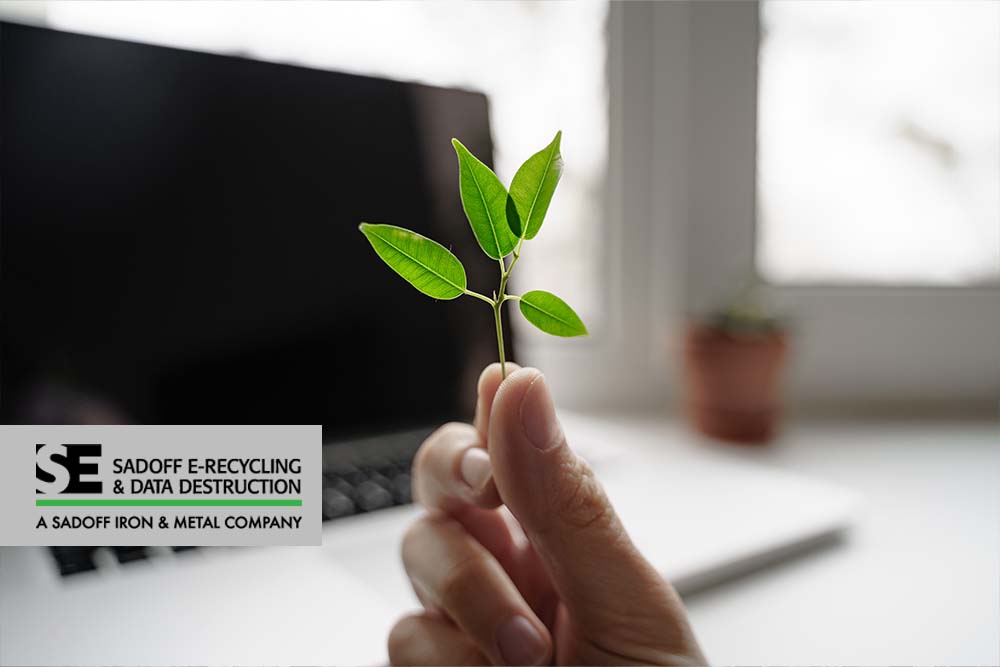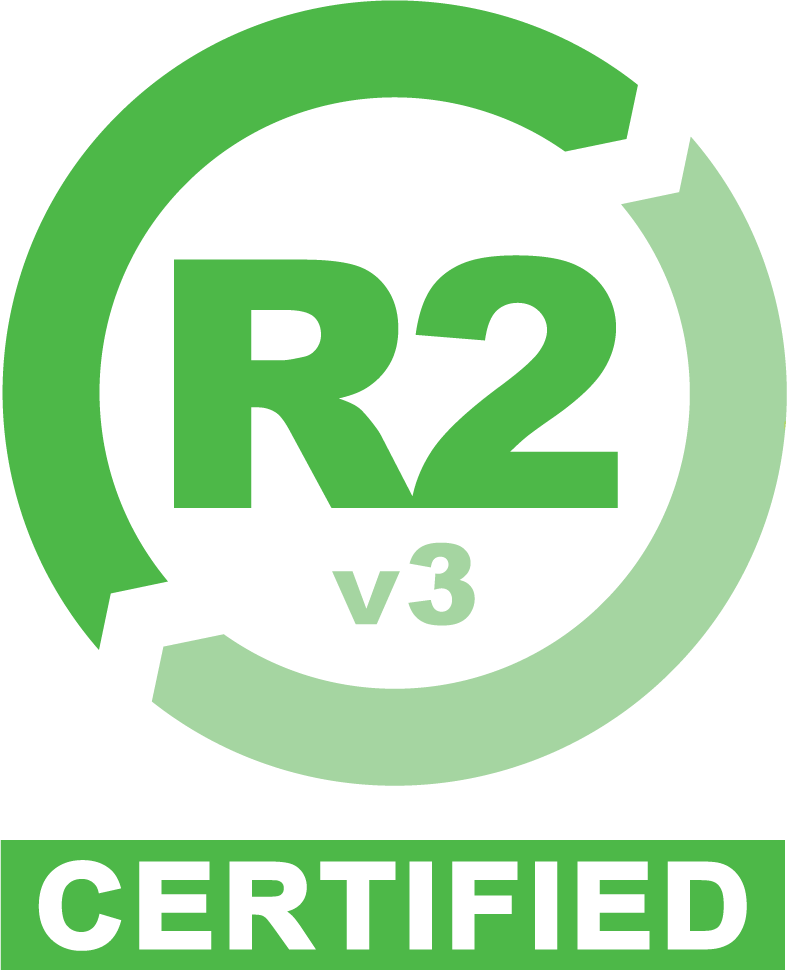Top Trends in E-Recycling: 5G, Right to Repair, and Refurbished Electronics
 1
1 Mar
The Future of E-Waste Management – Part 2
In part one of this article, we talked about the fact that many countries are working diligently on e-waste policies and legislation. Their goal is to reduce the amount of e-waste being generated and the volume of precious raw materials being lost due to improper disposal and recycling practices.
In this second part, we’ll look at how technological advancements, like the advent of 5G technology, may provide the added motivation necessary for businesses and individuals to make positive changes. We’ll also look at how societal forces, like the movement toward greener products and the desire for more energy-efficient transportation solutions, are changing the way consumers think about their throw-away habits.
The Adoption of 5G Technology Should Solve More Challenges than it Creates
As 4G technology slowly slides into obsolescence and 5G takes its place, there is going to be a turnover in electronics unlike anything we’ve seen before. Shortly after the switch, 5G’s greater bandwidth and speed will lead to rapid growth in not only handheld devices, but robotics, augmented reality (AR), virtual reality (VR) and artificial intelligence (AI). The proliferation of these new and exciting technologies will, in turn, lead to yet another turnover in electronic devices capable of supporting them.
How is that good news?
As networked technologies entrench themselves deeper into our daily lives, consumers will demand that prices remain as low as possible, supply remains strong, and companies embrace the greener approach of a circular economy. The need for proper legislation and the development of e-waste management infrastructure will become unavoidable due to the surge in e-waste production. Experts agree that although e-recycling and e-waste management laws are lagging far behind the need, a revolution of sorts is on the horizon. It will ultimately be the high demand for increased connectivity that brings the dreams of proper e-waste management and recycling to fruition.
The “Right to Repair” Movement May Help Overcome Our Throwaway Attitude
One of the primary issues contributing to e-waste is the difficulty of repairing devices. Cheap and abundant manufacturing has created a toss-out culture, but that reality may once again be changing. A trend towards facilitating easier repairs could return us to the world of forty years ago when most people repaired their electronics and appliances instead of simply throwing them away.
For example, in a notable reversal of its restrictive repair policies, Apple announced recently that it will make parts and repair manuals available to individual customers, not just certified repair shops. Following shareholder pressure, Microsoft also agreed to take concrete steps toward enabling independent repair of its devices. The announcements were considered major victories for the right to repair movement. Soon after, the first electronics right to repair bill was passed in New York state and a national repair bill was filed in Congress. As legislation picks up speed in the U.S. and Europe, countries across the world are anticipated to quickly follow suit.
Refurbished Electronics Will Continue Gaining Popularity in the Post-Pandemic World
Sales of refurbished electronics boomed during the pandemic. The combination of a global laptop shortage, worldwide supply chain issues, and an unprecedented demand for home office electronics led consumers to turn their attention to the pre-owned equipment market. Online marketplaces selling certified used electronics saw record growth in 2020 and 2021. This unanticipated e-recycling trend is expected to continue well into 2023 and beyond.
As the market grows, refurbished electronics vendors will be looking to retain customers by increasing their selection and improving product quality. At the same time, consumers will become even more open to buying refurbished electronics. The lower price point and the reality of used electronics offering comparable performance to brand-new devices will both play a role in rapid growth. Environmentally responsible consumers have become increasingly aware of how their buying behaviors impact the planet and are learning to appreciate refurbished products. In the end, we’ll all benefit.
Electric Vehicles (EVs) Will Drive the Growth of the Battery Recycling Market
Currently, the vast majority of global lithium-ion battery waste is not being recycled, but things are changing fast due to the increasingly high value of the materials they contain. Fueled by a booming demand for electric vehicles, the lithium-ion battery industry is turning to recyclers. Companies that can recycle lithium-ion batteries are springing up worldwide. Investments and mergers will become commonplace as the industry flourishes in the coming years.
The Future Looks Promising for Companies Like Sadoff E-Recycling and Data Destruction
If you’d like to become part of the solution to the e-waste problem, contact us today. We offer services meant to not only save the environment, but designed to save money and prevent data breaches. We’ll ethically recycle your obsolete electronics and securely destroy the data they contain using a variety of state-of-the-art techniques. We’ll even provide full documentation to certify that your sensitive data is gone for good.
Tags: data destruction, e-recycling, electronics recycling, refurbished electronics, sustainability, technology refreshCategorized in: Data Security, E-Recycle, Electronics Recycling, Sustainability




 Google map directions
Google map directions
 Google map directions
Google map directions
 Google map directions
Google map directions
 Google map directions
Google map directions
 Google map directions
Google map directions
 Google map directions
Google map directions
 Google map directions
Google map directions